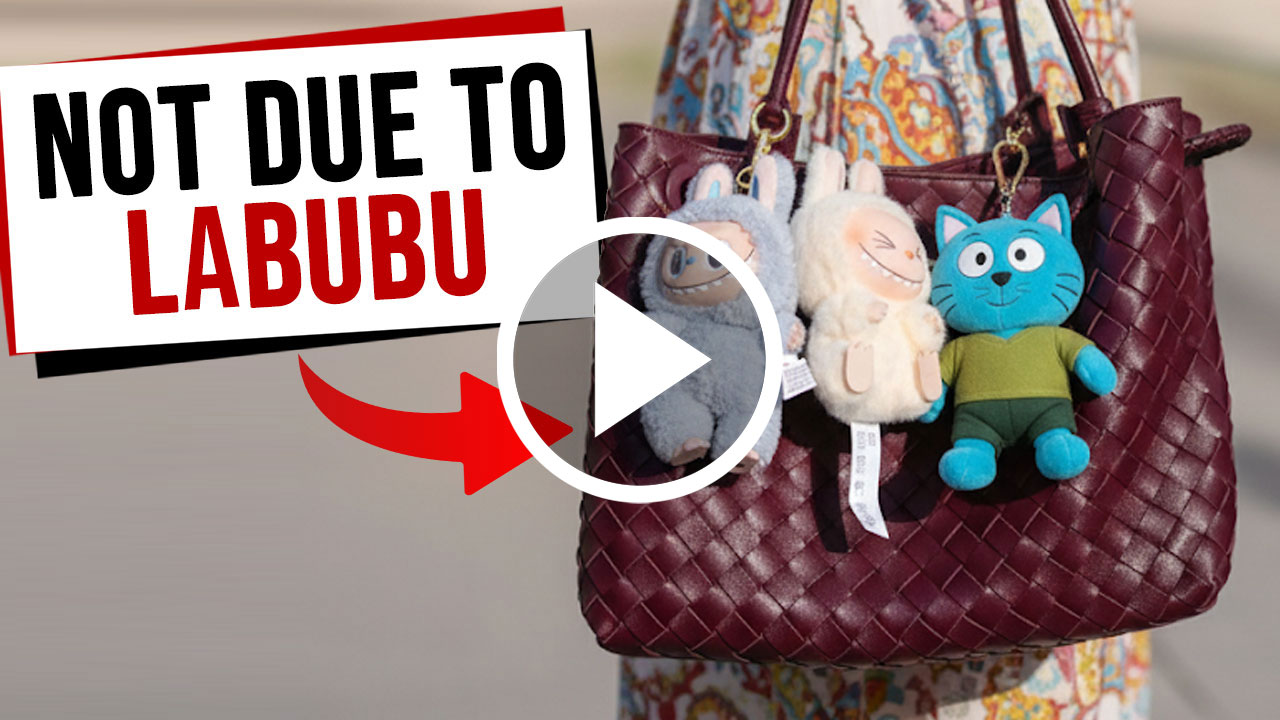My colleague, @fatbooz89, hates cats.
And it’s totally understandable. Given how he had worked like a dog for the boss over the past one year, only to be told that the boss likes cats instead.

Well, if you love cats like my big, fat boss, you’re going to want to hear what we’ve got for you.
It’ll make you mad, angry, then happy, just like @fatbooz89 when it’s that time of the month.
Abandoned Cats Found in Punggol
On 1 March 2019, Facebook user Zuhairi-Asy-Syahid Marican found a total of 16 cats, including kittens, abandoned in the Sumang Punggol area.

They were kept confined in five different cages, scattered around the area. Most of the cages were spotted in multi-storey carparks.
He took to Facebook to air his frustrations.
The incident was picked up and further publicised by a local Facebook cat group, Sayang Our Singapore’s Community Cats (SOSCC).

“A highly irresponsible act. You may have had your reasons to get rid of your pets but this is surely not a way to do so.”

He further explained that while he is a cat owner, he isn’t able to take on any more cats.
Cats Are Now Under The Care of AVA
While Zuhairi did not report the finding to the Agri-Food and Veterinary Authority of Singapore (AVA), another party did.
The AVA has since collected the cats.
There is now an urgent call for people to adopt or foster the cats before a volunteer from SOSCC can bail them out. If not, the AVA will be putting these cats down.
Stray Dogs and Cats in Singapore
Unfortunately, his is not an isolated case.
Both stray dogs and cats are something that Singaporeans have always faced issues with.
Stray cats, if left unchecked, can lead to problems including caterwauling, urine spraying and territorial mating and fighting.
In an attempt to control and manage the hundreds of stray cats roaming our streets, many groups have come up with solutions.
The TNRM Initiative

The Trap-Neuter-Release-Management (TNRM) is the most common solution to managing stray populations, not only in Singapore but also in many other countries. As its name suggests, cats are trapped with the express intention of neutering them before releasing them again.
Widespread measures have been taken for the stray dog population too.
Using the TNRM method, the AVA, together with 11 other animal welfare groups, launched a five-year plan in November 2018 to sterilise 70% of Singapore’s stray dogs, which roughly equates to 4900 dogs.
Dr Siew Tuck Wah, 39, president of the animal welfare group, Save Our Street Dogs (SOSD) said, “It’s a whole mindset change from culling to a more humane method of sterilisation. But this has to go hand-in-hand with rehoming and education to ensure that Singaporeans are more accepting of these dogs.”
Local Animal Welfare Groups

Many welfare groups contribute to the management of Singapore’s stray animal community, the biggest one being the Society for the Prevention of Cruelty to Animals (SPCA). Others include Love Kuching Project and Save Our Street Dogs (SOSD) among many others.
However, most of these groups focus only on the rescue and rehoming of sick, injured, abandoned or abused animals. They usually avoid taking in healthy animals which are living peaceably amongst residents.
When Peaceful Measures are Simply Not Enough

Unfortunately, with the incredibly vast stray population in Singapore, neutering and rehoming isn’t enough. More aggressive measures are sometimes called for.
In 2015, for example, the Ministry of National Development reported that 942 stray dogs, 888 stray cats and 623 wild monkeys had to be culled in an effort to manage their populations.
In 2016, it was reported that about one-third of the local monkey population, mainly Long Tailed Macaques, are culled each year.
What the Public Can Do

Stray animals are constantly exposed to harsh factors like traffic, starvation and disease. They also pose health threats such as rabies.
Governmental measures are but one half of the solution. In order for these initiatives to be effective, public effort must go hand-in-hand with them.
Like the 16 cats Zuhairi found in Punggol, many of the strays originate from being abandoned by pet owners who, when they no longer have the desire or means to care for their pets, want to abandon them in the most convenient way.
For example, many people buy kittens or puppies from pet stores on impulse only to realise later on that they do not have the means to care for them.
Just last year, a few dog welfare groups reported that the number of stray dogs suddenly increased just before the Chinese New Year season.
The reason?
Many of these dogs were victims of their owners’ spring cleaning. Older dogs were particularly targeted.
But the good news is, whether or not we are pet owners, we can all do our part to manage and care for Singapore’s stray population.
Things We Can All Do To Manage the Stray Population
- Adopt, don’t shop
- Spay or neuter your pet
- Do proper research about the pet’s breed before getting it to ensure you will be able to take care of it in the long run.
- Educate those around you
- Volunteer at or donate to animal welfare groups and shelters
- Consider fostering if you can’t adopt
- If you truly are unable to continue your care of a pet, search for an alternative, proper home for them
- If you feed strays, do so responsibly




